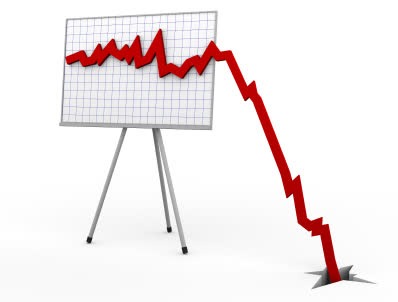The stock market can be a wild and unpredictable beast, with crashes occurring seemingly out of nowhere. But it doesn’t have to be all doom and gloom. Savvy investors can use options trading to protect themselves from losses and even profit during a market downturn.

Image: www.arborinvestmentplanner.com
Options are financial instruments that give the buyer the right, but not the obligation, to buy or sell an underlying asset at a specific price within a certain period. This flexibility makes them a versatile tool for managing risk and potentially boosting returns.
Understanding Options Trading Basics
Options come in two flavors: calls and puts. Call options give the buyer the right to buy an underlying asset at a specified price (the strike price) on or before a certain date (the expiration date). Put options, on the other hand, give the buyer the right to sell an underlying asset at the strike price on or before the expiration date.
The price of an option depends on several factors, including the current price of the underlying asset, the strike price, the time to expiration, and the volatility of the underlying asset.
Options Trading in a Market Crash
When the stock market takes a nosedive, options trading can help investors protect their portfolios from losses and potentially profit from the downturn. By using options, investors can do the following:
- Hedge against losses: Buying put options on stocks that they own can protect against potential declines in the stock price. If the stock price falls, the value of the put options will increase, offsetting losses on the underlying shares.
- Profit from short-selling: Buying put options on stocks that they expect to decline in value can allow investors to profit from falling stock prices. If the stock price falls below the strike price of the put option, the investor can exercise the option and sell the stock at the strike price, reaping a profit.
- Capitalizing on volatility: Buying straddles or strangles, which involve buying both call and put options on the same underlying asset at the same expiration date, can allow investors to profit from increased volatility in the stock price.
Considerations for Successful Options Trading
Options trading can be a powerful tool, but it also comes with risks. Before diving in, investors should consider the following:
- Time decay: Options lose value as they approach their expiration date. Investors need to be aware of the time premium and factor it into their trading strategies.
- Volatility risk: Options are more valuable when the underlying asset is volatile. However, high volatility can also lead to increased losses if the stock price moves against the investor’s prediction.
- Liquidity risk: Some options may have low liquidity, making it difficult to buy or sell them quickly at a fair price.

Image: observer.com
Options Trading Stock Market Crash

Image: investmentwatchblog.com
Conclusion
Options trading can be a valuable tool for navigating stock market crashes. By understanding the basics of options and the risks involved, investors can use them to protect their portfolios and potentially profit from market volatility. Remember, it’s essential to consult a financial advisor and conduct thorough research before engaging in options trading.






